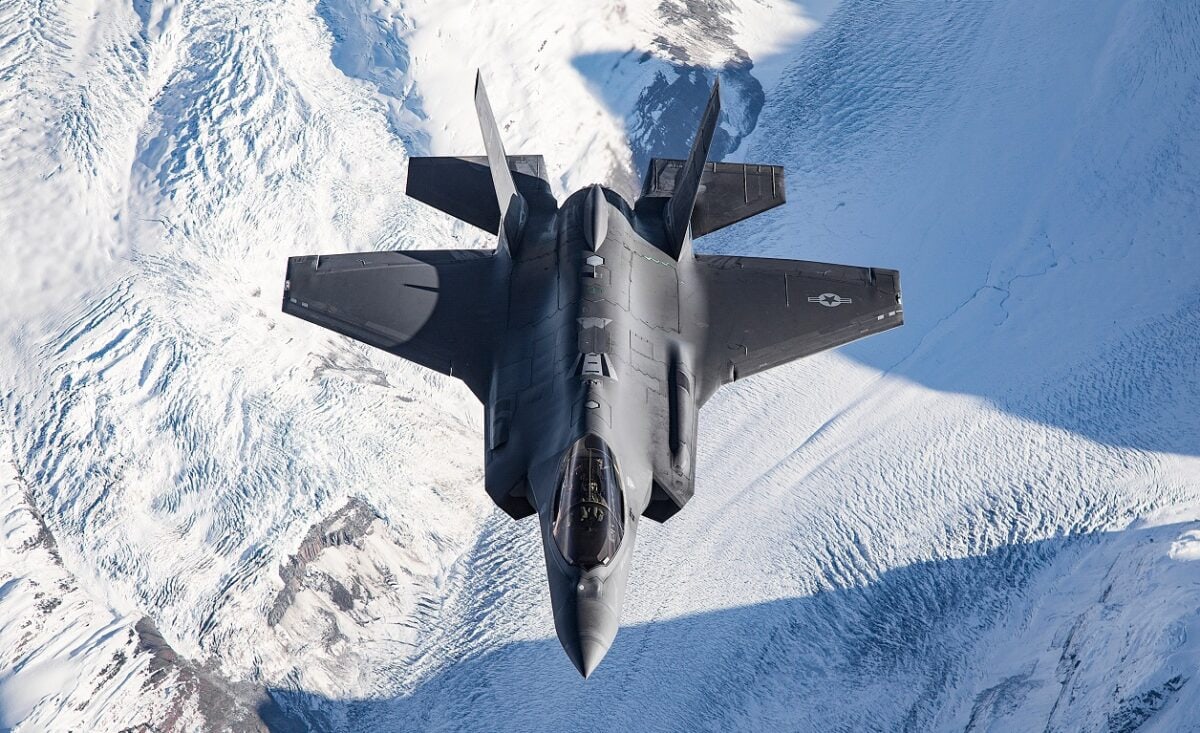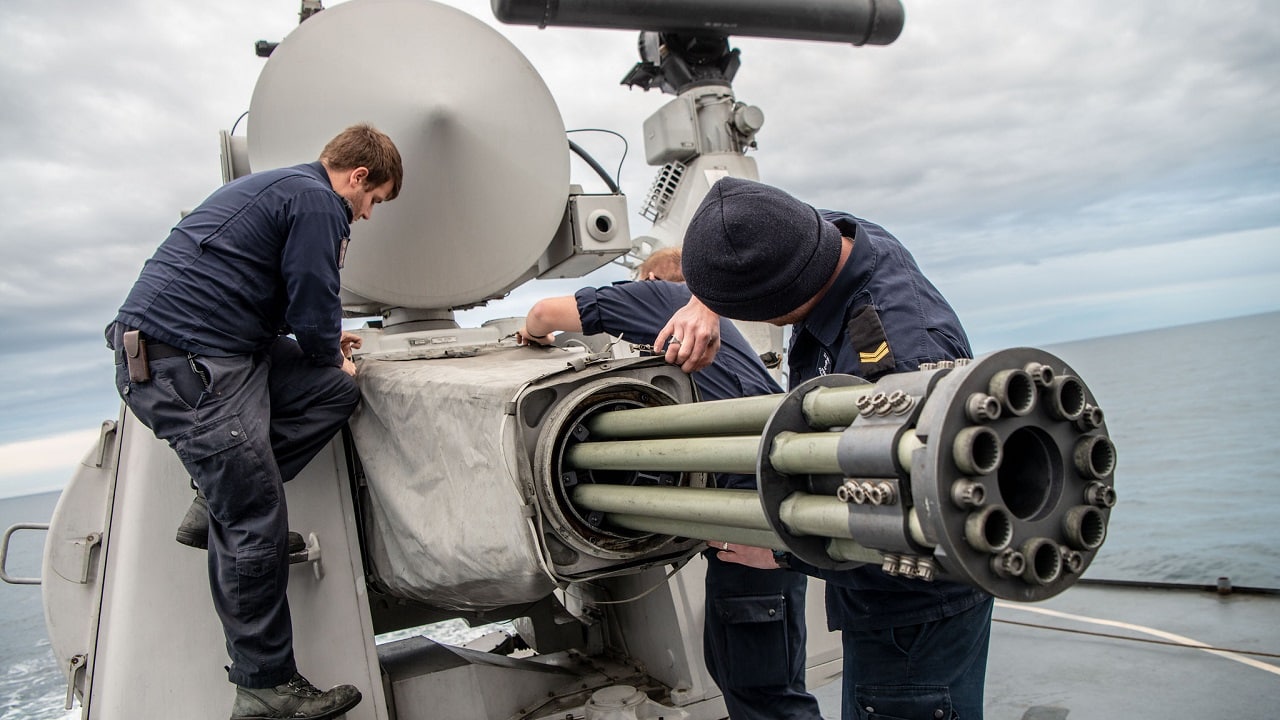What History Tells Us About Finland And Russia – On May 12th, Finland’s President Sauli Niinistö and Prime Minister Sanna Marin announced that Finland would officially apply to join NATO. The statement, released on the Finnish Government website, concluded in firm and decisive language:
“NATO membership would strengthen Finland’s security. As a member of NATO, Finland would strengthen the entire defence alliance. Finland must apply for NATO membership without delay. We hope that the national steps still needed to make this decision will be taken rapidly within the next few days.”
The statement made no mention of the Russian invasion of Ukraine, but Helsinki has been unambiguous in recent months about how Russian aggression has forced its hand. During a May 11 press conference with UK prime minister Boris Johnson, Niinistö said that Russian president Vladimir Putin was responsible for Finland’s decision: “You caused this. Look in the mirror.”
Predictably, the statement elicited a swift response from the Kremlin, which has repeatedly threatened Finland with unspecified military consequences should it join NATO. Kremlin spokesperson Dmitry Peskov told reporters that “Finland joined the unfriendly steps taken by the European Union towards our country. This cannot fail to arouse our regret, and is a reason for corresponding symmetrical responses on our side.”
However, the democratic world is taking the opposite view. Multiple NATO members, including the United Kingdom, France, and neighboring Poland, Estonia, and Lithuania, have expressed support for Finland’s accession. Niinistö tweeted that he shared a call with Ukrainian president Volodymyr Zelenskyy after the announcement. “I informed him of Finland’s steps towards NATO membership and he expressed his full support for it,” he wrote.
Finland joining NATO is a tectonic shift in the strategic balance of the alliance’s eastern flank, because now Russia will share an 810-mile (1300-kilometer) border with NATO, already its most significant with a member of the European Union. This also means NATO would soon be in close proximity to the heavy concentration of the Russian military near Saint Petersburg.
Becoming a NATO member also represents a significant turning point in Finland’s history in that it marks an end to the country’s traditional stance of neutrality. It also marks a permanent shift in Finland’s long, fraught relationship with Russia, where it has often been subject to or threatened with aggression from its much larger next-door neighbor.
From its days as a territory of the Kingdom of Sweden, Finland had to endure multiple Russian occupations during wars between Russia and Sweden before being annexed as a Grand Duchy by the Russian Empire in 1809. Finland would have this status until 1917 when it declared independence as the Russian Empire collapsed.
However, relations with the newly-formed Soviet Union were not ones of friendship. The Red Army frequently occupied parts of Finland, and re-annexation remained a threat. These tensions culminated in the Winter War (or the First Finnish-Soviet War) in 1939, only months before the Second World War broke out. Although Finland ceded some of its territories, its forces trounced the Red Army despite the latter having military superiority in tanks, airplanes, and numbers of troops, a strikingly similar outcome to Russia’s present humiliation in Ukraine. The Finnish government later went so far as to align with Nazi German forces to expel Soviet forces from its territory during the Continuation War (Second Finnish-Soviet War) from 1941-1944.
Even before the May 12th announcement, the prospect of Finland joining NATO was deeply tied to its history with Russia. Every time the idea was floated, especially since Russia annexed Crimea in 2014, Moscow issued virtually identical threats to the statements it has given now, usually containing some detail about moving troops closer to the Finnish border.
Finland’s border with Russia was invoked again in its latest threats. Peskov said that “NATO expansion does not make our continent more stable and secure,” and that Moscow’s response “will depend on how this expansion process of NATO plays out, the extent to which military infrastructure moves closer to our borders.”
Fortunately, Finland is more than prepared to defend its long border with Russia. Its existing defenses are fortified with the largest artillery force in Western Europe, and prior to the Russian invasion of Ukraine, Helsinki had already made an agreement with Washington to acquire the Lockheed Martin F-35 Lightning II stealth fighter, ordering 64 of the jets.
The F-35 will play a definitive role in changing the strategic position of NATO in Eastern Europe. Its intelligence, surveillance, and reconnaissance capabilities would allow it to collect information on the Russian military while remaining virtually invisible to Russian radar. The fighter also provides a persuasive deterrent against a future war. Finland’s accession to NATO and the fighter’s presence in the region will make Russia more likely to think twice before invading one of the Baltic States, greatly alleviating their relative geographical isolation from most NATO allies.

F-35A JSF. Image Credit: Lockheed Martin.
Finland’s accession process is likely to be accelerated; according to NATO officials, it could be finished in a couple of weeks. Sweden, which is expected to make an imminent announcement on the question of NATO membership, would also have its membership expedited. As one NATO official explained it, “These are not normal times.”
Sarah White is a Senior Research Analyst at the Lexington Institute. Prior to joining Lexington, Sarah held internships at the Albright Stonebridge Group and the Woodrow Wilson International Center for Scholars. She earned an M.A. in Latin American Studies in 2019 from Georgetown University’s Walsh School of Foreign Service, and a B.A. in political science and Spanish from Wake Forest University in 2017. Sarah is fluent in Spanish, proficient in Portuguese, and conversational in French. She is a native of McLean, Virginia.

